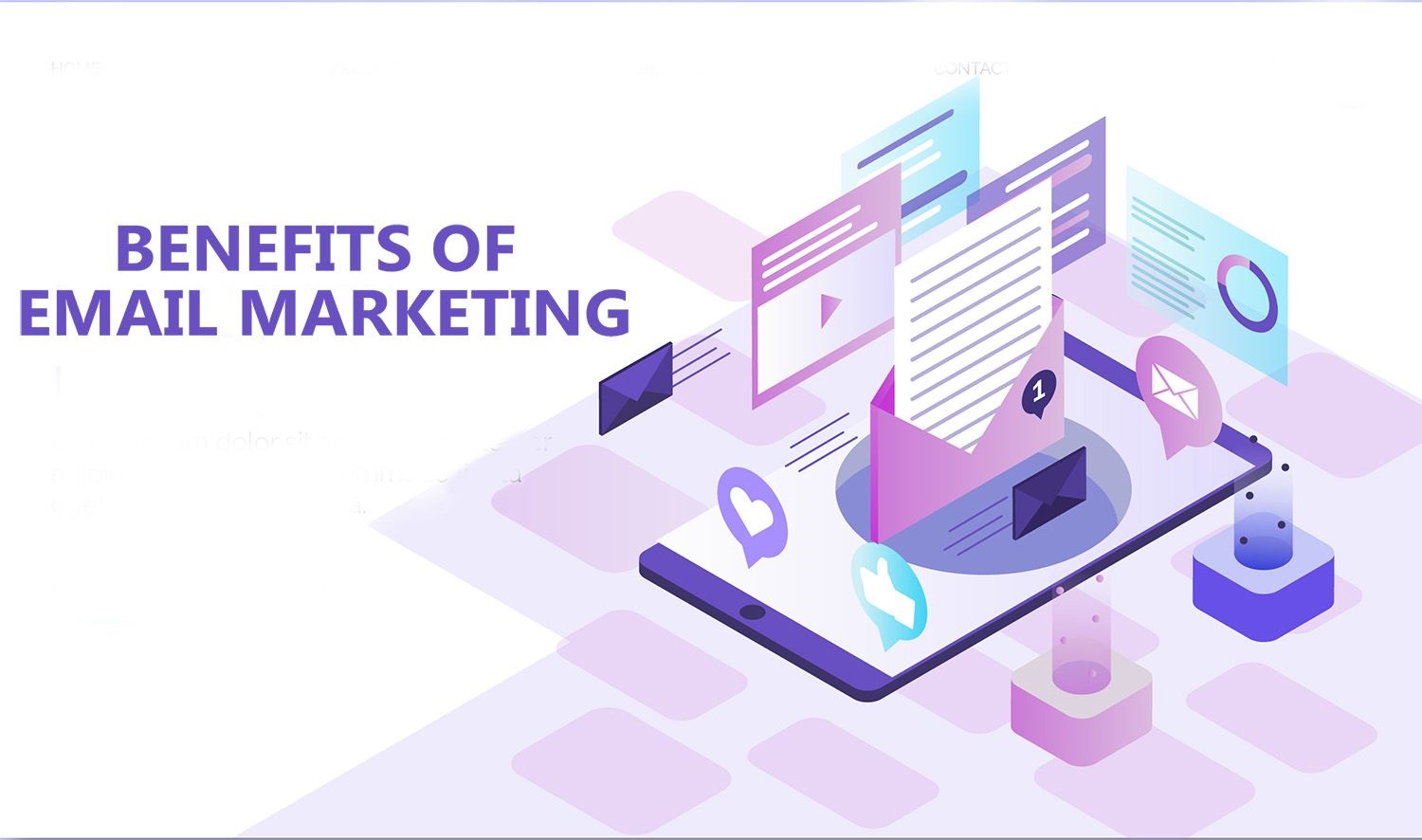What are some effective strategies for email marketing?

Email marketing can be a highly effective way to reach and engage with your audience. Here are some strategies to make your email marketing campaigns more effective:
- Build a targeted email list: Build an email list of people who are interested in your product or service. Segment your list based on demographics, interests, and behavior to create targeted campaigns.
- Personalize your emails: Use the recipient’s name and other personal details to make your emails feel more personalized. Personalized emails are more likely to be opened and clicked.
- Write engaging subject lines: Create subject lines that are compelling and grab the reader’s attention. Use humor, curiosity, and urgency to encourage the reader to open your email.
- Create valuable content: Provide valuable content in your emails that help solve a problem, educates, or entertains your audience. This can include blog posts, infographics, videos, and more.
- Use a clear call-to-action: Use a clear call-to-action (CTA) to encourage the reader to take action. Make sure the CTA is visible and stands out in the email.
- Optimize for mobile: Many people read emails on their mobile devices, so make sure your emails are optimized for mobile. Use a responsive design that adapts to different screen sizes.
- Test and optimize: Test different subject lines, content, and CTAs to see what works best. Use analytics to track the performance of your campaigns and make changes as needed.
What are the benefits of Email Marketing?

Email marketing can offer numerous benefits for businesses and organizations. Here are some of the key benefits of email marketing:
- Increased brand awareness: Email marketing allows you to promote your brand and raise awareness of your products or services to a wide audience.
- Improved customer engagement: Email marketing can help you engage with your customers and build relationships with them. By providing valuable content and personalized messages, you can encourage them to stay connected with your brand.
- Cost-effective: Compared to other forms of marketing, email marketing is relatively low-cost, making it an attractive option for businesses of all sizes.
- Targeted campaigns: With email marketing, you can target specific segments of your audience with personalized messages based on their interests, behavior, and demographics.
- Increased website traffic: Including links to your website in your email campaigns can drive traffic to your site, helping to increase conversions and sales.
- Easy to track and measure: Email marketing allows you to track and measure the performance of your campaigns, including open rates, click-through rates, and conversion rates. This information can help you optimize your campaigns for better results.
- Automation: With email marketing automation, you can set up campaigns to be sent automatically based on triggers such as website visits, email opens, and more. This can help to streamline your marketing efforts and save time.
Pricing for Email Marketing
The pricing for email marketing can vary depending on the email marketing service provider and the features included in the plan. Here are some common pricing models for email marketing:
- Monthly subscriptions: Many email marketing service providers offer monthly subscription plans, where you pay a fixed fee each month based on the number of subscribers or emails sent.
- Pay-per-email: Some email marketing providers offer pay-per-email pricing, where you only pay for the emails that you send. This can be a good option if you don’t send a large volume of emails each month.
- Free plans: Some email marketing providers offer free plans with limited features and a limited number of subscribers or emails sent.
- Custom pricing: Some email marketing providers offer custom pricing based on your specific needs and requirements.
Email Marketing: FAQs
What is email marketing?
Email marketing is the practice of sending promotional messages, updates, or newsletters to a list of subscribers via email. It is a form of direct marketing that can be used to promote products or services, build customer relationships, and increase brand awareness.
How does email marketing work?
Email marketing works by building an email list of subscribers who have opted in to receive messages from your business or organization. You can then use an email marketing service provider to create and send targeted campaigns to your subscribers.
What are the benefits of email marketing?
Email marketing can offer numerous benefits, including increased brand awareness, improved customer engagement, cost-effectiveness, targeted campaigns, increased website traffic, easy tracking and measurement, and automation.
How do I create an email marketing campaign?
To create an email marketing campaign, you’ll need to choose an email marketing service provider, build an email list of subscribers, create engaging content and messaging, and design your emails using templates or a drag-and-drop editor. You can then schedule and send your campaigns to your subscribers.
How do I measure the success of my email marketing campaigns?
You can measure the success of your email marketing campaigns by tracking metrics such as open rates, click-through rates, conversion rates, and revenue generated. This information can help you optimize your campaigns for better results.
How often should I send email campaigns?
The frequency of your email campaigns will depend on your specific audience and goals. Generally, it’s recommended to send campaigns on a regular schedule (such as weekly or monthly) to maintain engagement and build relationships with your subscribers. However, it’s important to avoid sending too many emails, which can lead to unsubscribes and decreased engagement.
How do I build my email list?
There are many strategies for building an email list, including creating opt-in forms on your website, offering lead magnets or incentives, running contests or giveaways, and promoting your email list on social media and other channels. It’s important to always obtain consent from subscribers and follow best practices for email list building.

